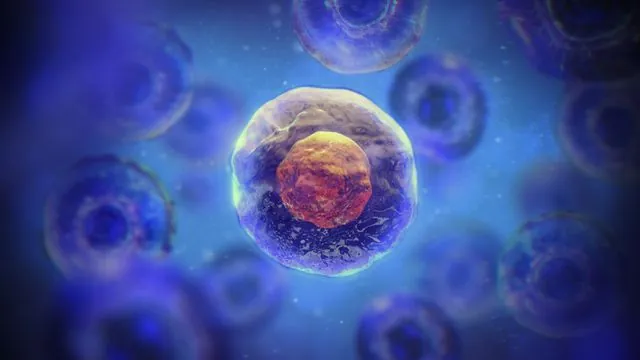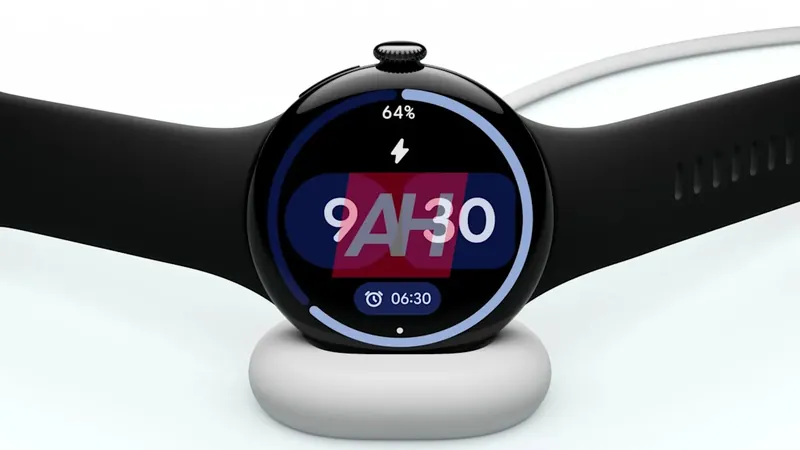
Breakthrough: Japanese Researchers Create Lung Cells in Just 7 to 10 Days!
2025-07-03
Author: Nur
A Revolutionary Development in Lung Cell Generation
Imagine generating vital lung cells in under two weeks! A groundbreaking team of Japanese researchers has achieved just that by transforming mouse embryonic fibroblasts into alveolar epithelial type 2 (AT2)-like cells without the need for complex stem cell procedures. What typically takes a month with traditional methods has been slashed to an astonishing 7 to 10 days.
Why This Matters: The Impact on Respiratory Diseases
This new method, featured in the journal *npj Regenerative Medicine*, holds incredible promise for treating serious respiratory ailments such as interstitial pneumonia and chronic obstructive pulmonary disease (COPD). These conditions often lack effective treatment options, making the regeneration of AT2 cells—critical for lung repair and surfactant production—extremely valuable.
An Innovative Approach To Cell Reprogramming
Historically, generating AT2 cells was reliant on costly induced pluripotent stem cell (iPSC) technology, which also had potential risks of tumor formation and immune rejection. Professor Makoto Ishii of Nagoya University Graduate School of Medicine observed, "While iPSC technology allowed for AT2 cell creation in about a month, it came with its set of drawbacks. We aimed for a faster and safer route through direct reprogramming."
The researchers ventured to directly reprogram mouse fibroblasts, yielding AT2-like cells—known as induced pulmonary epithelial-like cells (iPULs)—in record time.
Key Genetic Players in the Breakthrough
The team identified 14 candidate genes linked to lung development and zeroed in on a combination of four genes: Nkx2-1, Foxa1, Foxa2, and Gata6, which proved to be the most effective for inducing the desired AT2-like cells. These genes were then introduced into a 3D culture of fibroblasts, leading to approximately 4% of the cells turning fluorescent after just 7 to 10 days—confirming their successful transformation.
Testing Success: From Lab to Living Organism
Subsequently, the researchers isolated these glowing cells, analyzed them, and found they exhibited structures typical of healthy AT2 cells. They then tested their functionality by transplanting the purified iPULs into mice suffering from interstitial pneumonia. Remarkably, within 42 days, the cells integrated into the lung's alveolar region and some even evolved into alveolar epithelial type 1 (AT1)-like cells, crucial for lung tissue regeneration.
A Glimpse Into the Future of Lung Disease Treatment
With these promising results in hand, the team is excited about the next phase: adapting this revolutionary technique for human applications using patients’ own fibroblasts. Professor Ishii emphasizes the ultimate goal—a safe and effective regenerative therapy for lung diseases.

 Brasil (PT)
Brasil (PT)
 Canada (EN)
Canada (EN)
 Chile (ES)
Chile (ES)
 Česko (CS)
Česko (CS)
 대한민국 (KO)
대한민국 (KO)
 España (ES)
España (ES)
 France (FR)
France (FR)
 Hong Kong (EN)
Hong Kong (EN)
 Italia (IT)
Italia (IT)
 日本 (JA)
日本 (JA)
 Magyarország (HU)
Magyarország (HU)
 Norge (NO)
Norge (NO)
 Polska (PL)
Polska (PL)
 Schweiz (DE)
Schweiz (DE)
 Singapore (EN)
Singapore (EN)
 Sverige (SV)
Sverige (SV)
 Suomi (FI)
Suomi (FI)
 Türkiye (TR)
Türkiye (TR)
 الإمارات العربية المتحدة (AR)
الإمارات العربية المتحدة (AR)